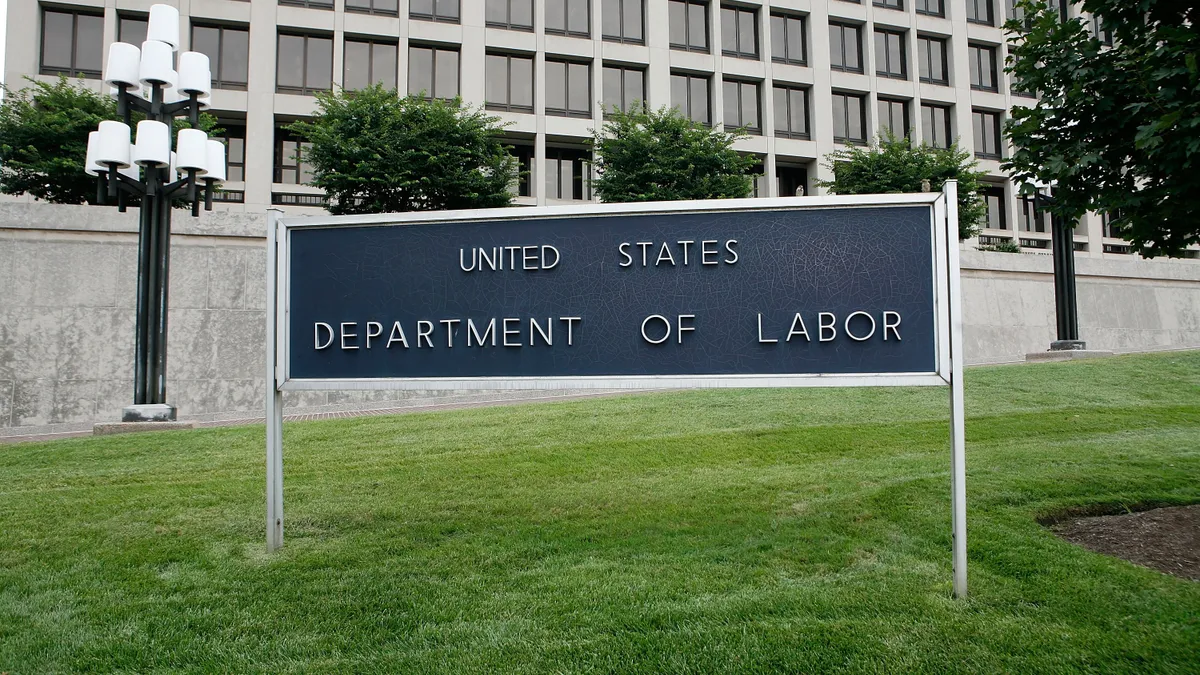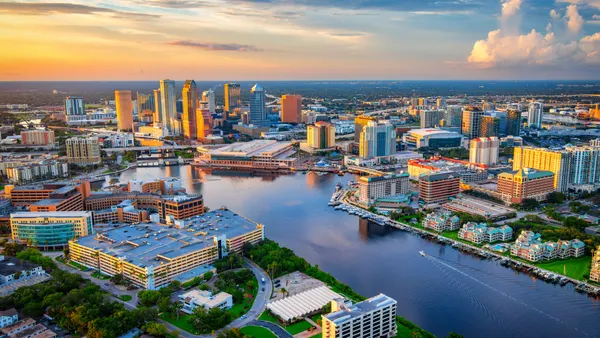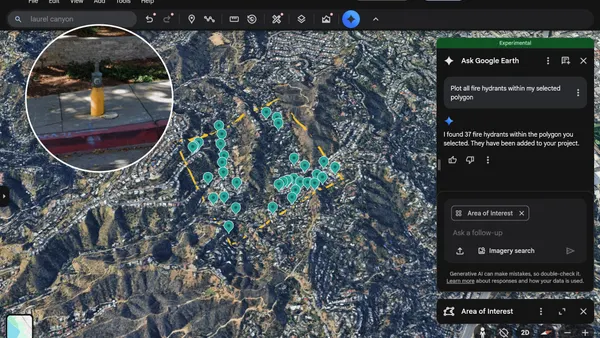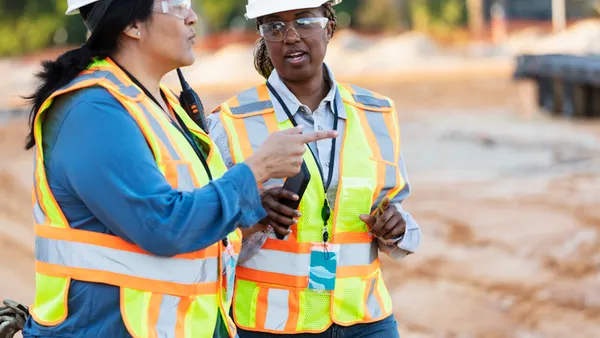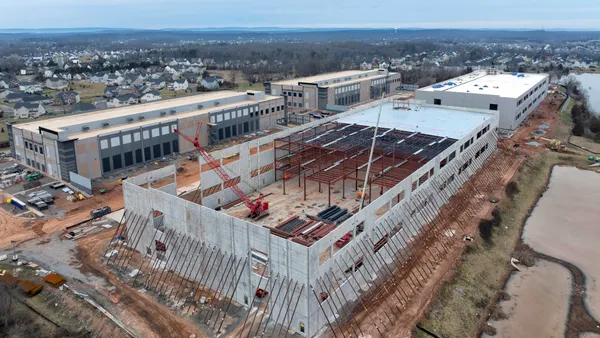Mindy Uber started her career as an industrial hygienist.
Seventeen years ago she made the leap to construction, and she has worked for Skanska USA since then. Today, Uber is the senior director of environmental health and safety for Skanska USA Building’s work in California, Oregon, Washington and Arizona.
Last week, Uber’s experience in the field gained national recognition when Secretary of Labor Julie Su appointed her to OSHA’s Advisory Committee on Construction Safety and Health as an employee representative. Uber will serve a two-year term along with 14 other committee members. Their first meeting will take place next week in Washington, D.C., Uber said.
Here, Construction Dive talks with Uber about what aspects of health and safety she is most passionate about and how she hopes to leverage her role on the committee to elevate construction safety.
The following has been edited for brevity and clarity.
CONSTRUCTION DIVE: How important is it for you to be on the advisory committee, not just to be the voice of the industry, but also to get more of a sense for how OSHA works?
Mindy Uber: I've always viewed it as a very slow-moving machine. I know there's a lot of process and making a new rule or getting a rule updated takes a lot of energy, so it can be frustrating to see what's happening in the industry and where OSHA's rules are — at this point, some of them are 50 years old. It feels a little bit outdated.
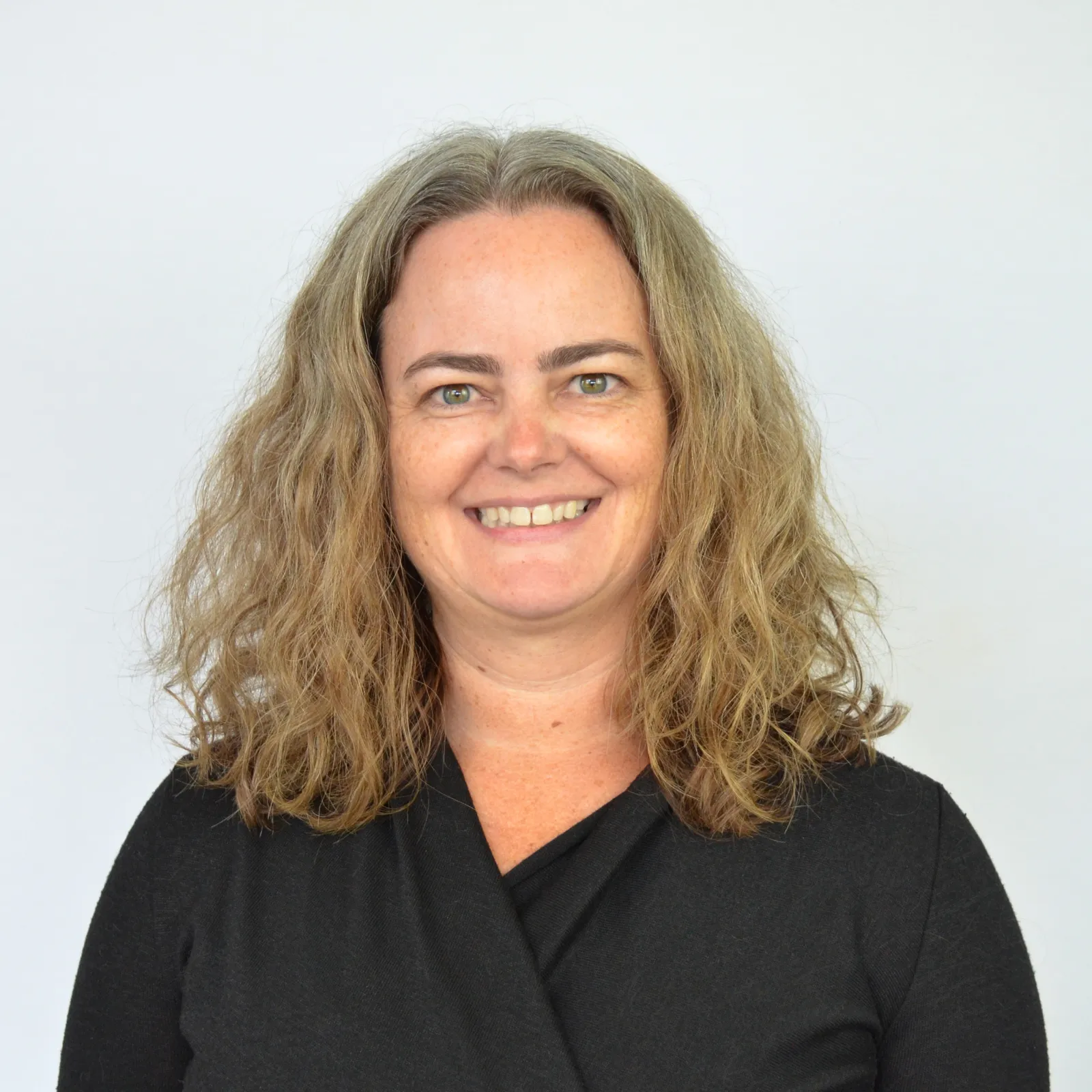
But it seems that they're finding ways to communicate what's important without having to make new rules. So, they're talking a lot about mental health, suicide awareness, opioid use, health hazards and not necessarily making rules about them, but creating materials and resources for workers and companies to utilize.
I think that's a great approach for them to be able to have an impact and share what's important without having to wait to go through the whole process of making a new rule.
What is the biggest issue in construction safety-wise? Is it mental health and substance abuse?
That's a pretty big one. It's hard to pick one. But, mental health is certainly one that is prevalent and appears to not be getting better, and we're still trying to figure out how to wrap our arms around it.
It's not something where we need rules to protect the workers. We need to find different ways to educate and offer resources. It's a unique challenge because it's not as simple as, "OK contractor, go buy this equipment, put people through training," like they do with typical OSHA standards. The mental health piece is one I'm very passionate about, and I hope that I can be part of the working group to help advise on that topic.
Heat waves are blistering major parts of the U.S. this summer; what do you know about movement toward a new heat standard?
OSHA says it’s two years away from having a federal rule on heat illness. I feel a little bit spoiled being on the West Coast because Washington, Oregon and California have a lot of regulations above and beyond OSHA standards. So things like heat illness and wildfire smoke, for example, we have been dealing with either emergency rules or actual permanent rules here on those topics.
Our fellow workers on the East Coast often look to us within Skanska. So, I'm excited other states have been a little more active on some of those topics, but I hope we can help push OSHA to move faster to implement the standard, because clearly, we need some regulation around this heat.
Are jobsites less safe in states that don’t have those standards?
I think that's true. I think the culture is affected by legislation. So the standards, what the state requires, helps change the mindset for the construction workers. The union versus non-union difference is also huge, as far as skilled workers and training and everything that goes along with it. But I do think that having higher standards leads to safer work sites.
So does federal OSHA need to increase its standards to be more in line with states like Oregon, Washington and California?
Yeah, that's what I would like to see.



